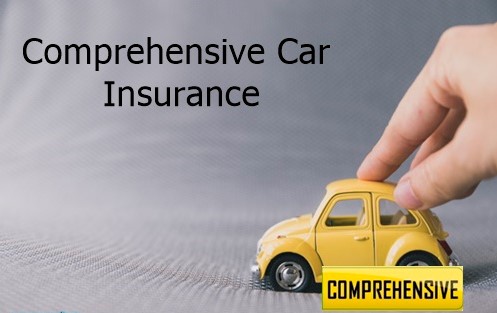Comprehensive Auto Insurance is considered the high-level insurance that provides utmost protection and safety for the vehicles. It varies from car to car that a person drives to protect the investment of a car’s owner—the driver of a leased or financed car required to have comprehensive insurance of a vehicle.
Things Covered By The Comprehensive Auto Insurance
Theft, fire, natural disasters like floods, tornados, or others, broken glass, damage caused by civil disturbance like riot, vandalism, hit by an animal, and falling objects are the factors insurance damage covers.
Things That the Comprehensive Insurance Policy Does Not Cover
A vehicle collided with another car, causing an accident. Also, the damages caused to the third party’s car by the collision, stolen items from the vehicles, legal fees, lost amount, and medical expenses of the people sitting in the car at the time of the accident. The scenarios above are the aspects that comprehensive insurance policies do not cover.
What Aspects Should You Consider Before Applying For The Insurance?
This insurance pays for the accidents that the other party is responsible for. If a person has this insurance, they’ll be relieved when there would be a significant repair amount. Otherwise, not having this insurance means paying for all expenses on their own.
How Much Does It Cost?
The range of this insurance and the deductible money varies from $300 to $1000. The more deductible points, the lesser the premium level. 20-40% can be decreased from insurance premium if the deductible increases. The factor that influences the insurance rate depends on the car type. The chances of compensation rise with your vehicle’s history, having higher repair expenses or claims. Anti-theft features in the car might give discounts as well.
How Does It Work?
Let’s understand the process of working with this example. A vehicle burned in a fire accident. It caused damage of $5000, in the first step claim and file insurance policy, using online application service on any device at your earliest convenience. Imagine a person having $1000 as a deductible amount; then the insurance agent will pay the remaining amount of $5000 if they have activated the insurance policy.
Facts About Comprehensive Insurance
This insurance is preferable by 75% of drivers. The lender of the car’s owner will tell the person to go for this insurance before car financing or leasing. Moreover, $5000 is the standard deductible from the insurance, and $22 per month is the cost of the insurance approximately.
The Difference Between Insurances Of Collision And Comprehensive
Car owners often get confused with the insurance of comprehensive and collision. They both cover the insurance of cars but are entirely different. Collision insurance covers an accident’s cost, and comprehensive insurance covers factors beyond the person’s control, such as natural calamities, hitting the animal, or anti-theft.
If There’s a Limit on Insurance?
Comprehensive insurance does have a limit that depends on the car’s value, model number, and other important factors regarding the car. Moreover, in case of theft of a vehicle, the auto agency will look into the car history, driver’s history, liking history of the car and then recommend a depreciated value for the damage.
How Much Do People Claim Comprehensive Auto Insurance?
The research suggests that around 10% of the drivers have benefited from the comprehensive insurance after filing a claim, but people who don’t have this insurance tend to pay more amount on their own. $1800 is the average cost of repairing.
Why Add Endorsements to the Insurance Policy?
Adding Endorsements to the insurance such as roadside assistance, towing, labor, accidental forgiveness, and rental assessments can reduce premiums and pocket money standings. Most claims filed for glass damage, and the accidents occurred because of an animal hit.


